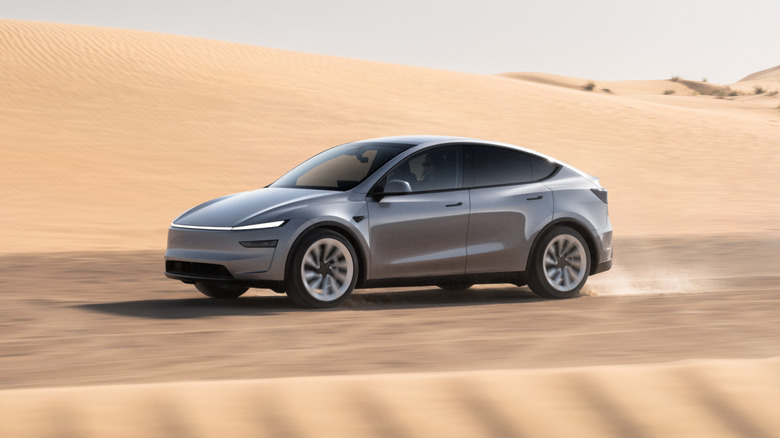What Is The Discharge Rate Of Tesla EV Batteries & How Long Would It Take To Completely Drain?
To calculate the discharge rates of EV batteries, we first need to understand how lithium-ion batteries work and how they are used. Nearly all electric vehicles on the market today feature a lithium-ion battery underneath the floor, capable of producing immense power for small vehicles. There are two main types of lithium-ion batteries, with the most common in the U.S. being a mixture of aluminum, cobalt, manganese, and nickel, or a mixture of cobalt, nickel, and manganese (without the aluminum). The second main type of EV battery is the lithium-iron-phosphate battery, which is popular in China.
Since neither of these two battery types is perfect, both tend to lose some of their charge as the vehicle sits idle. This passive loss of electrical power is referred to as discharge, and given enough time, the battery can lose all of its electrical power. Most brands opt not to release that information, although Tesla is transparent about the battery discharge of its cars.
According to the Tesla Model Y owner's manual, the EV's battery "can discharge at a rate of approximately 1% per day, though the discharge rate may vary depending on environmental factors." Basically, that means that it would take about 100 days for a fully charged Tesla Model Y to drain its battery completely.
What affects a battery's maximum charge and life?
There are a number of factors that influence how long a battery will hold a single charge and the number of times it can be charged before degrading. In the Model Y owner's manual, Tesla states that low temperatures can significantly influence battery degradation and discharge rate. Cold weather already has a major impact on gasoline-powered car batteries, so it will understandably also affect a vehicle that runs on one giant battery.
The battery's age also determines how much of a charge it can hold. A European study found that Tesla Model S owners saw their total battery life drop by 5% after 50,000 miles. The report also found that the degradation slows down, with only about 10% degradation after 200,000 miles.
Allowing your EV's battery to reach a 0% charge is not recommended. The battery powers every function of the vehicle, and allowing your battery to lose all of its charge can damage some of the vehicle's components. Tesla models feature a low-power consumption mode that stops the vehicle from discharging the battery entirely.
How to get the most from your EV's battery
There are a number of ways to make sure your EV's battery has a long life. Kia, which currently sells three electric models, suggests that drivers keep their vehicles parked in shaded areas to minimize exposure to extremely high temperatures. It also advises owners to keep the battery charged between 25% and 75% when storing their car for an extended period and not to use fast-charging stations.
Perhaps the most surprising of those tips is to avoid using fast charging stations all the time, which seem to be the norm in public charging areas. However, according to U.S. News & World Report, there are only 11,100 DC Fast Charging stations for public use in the country. Conversely, the U.S. has more than 60,000 Level 2 charging stations for the public to use instead. Keeping your battery level below 100% when charging may also seem counterintuitive, but EVs have battery management systems designed to avoid extreme states of charge, such as zero or 100%. Overcharging your battery can lead to a shorter lifespan.
Every automaker that sells electric vehicles offers, at minimum, an eight-year or 100,000-mile warranty on batteries. So, you should be covered by warranty if your vehicle's battery fails, loses an excessive amount of charge, or gets damaged.


